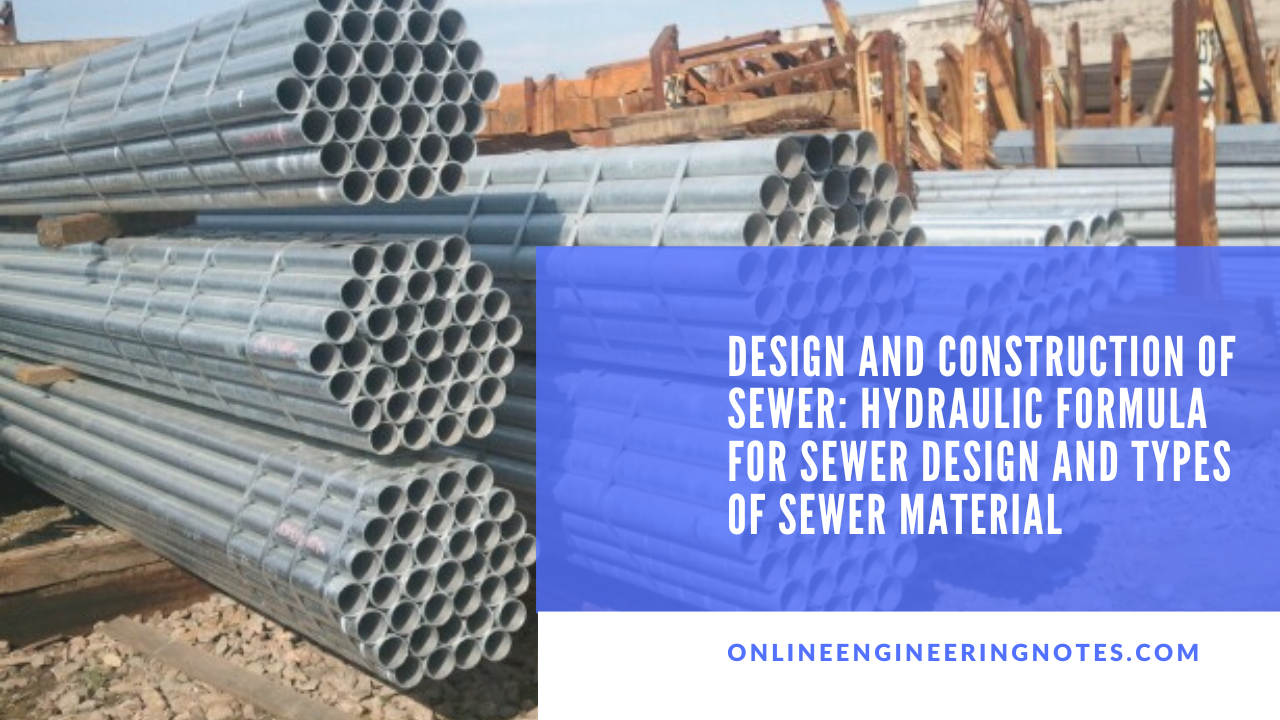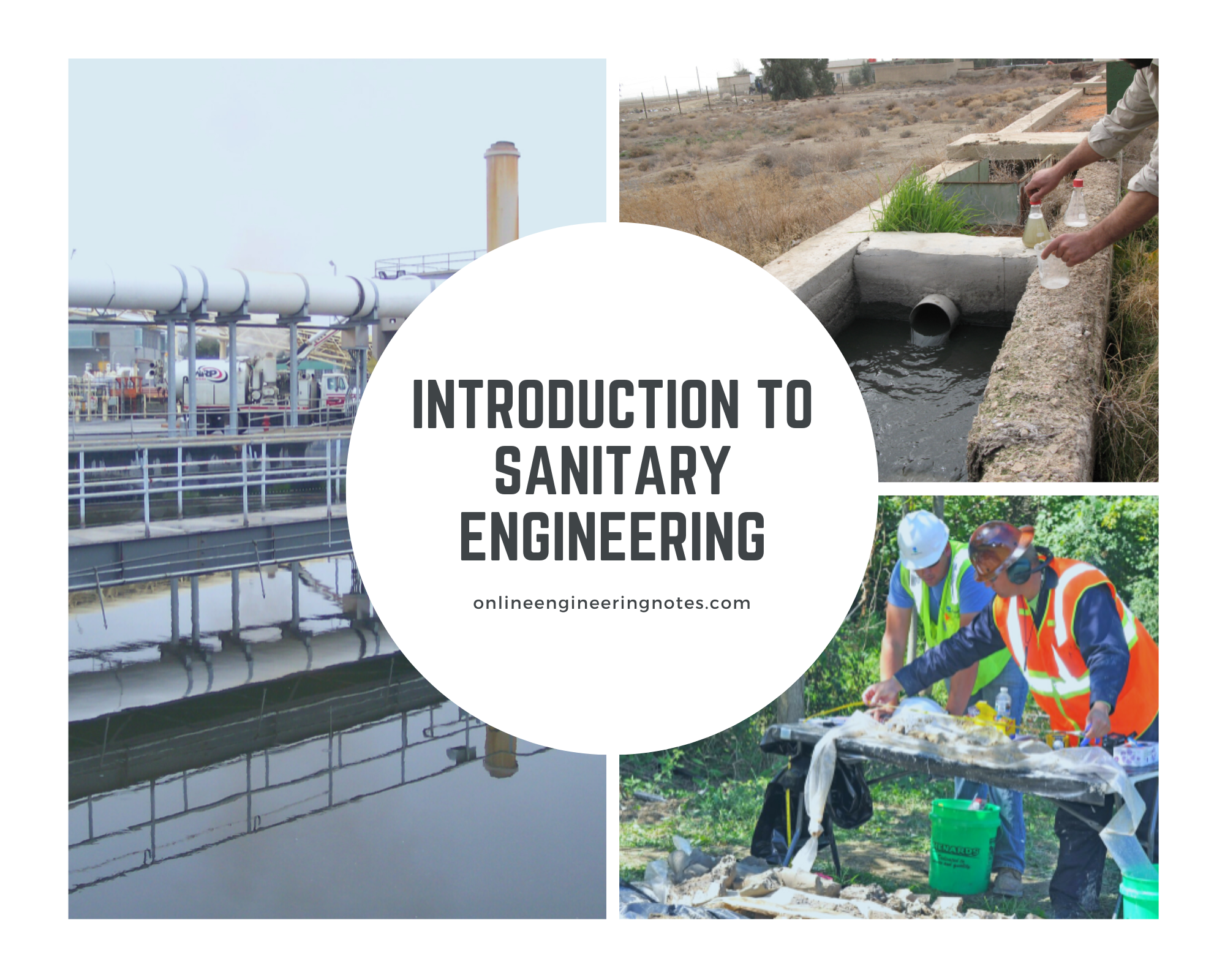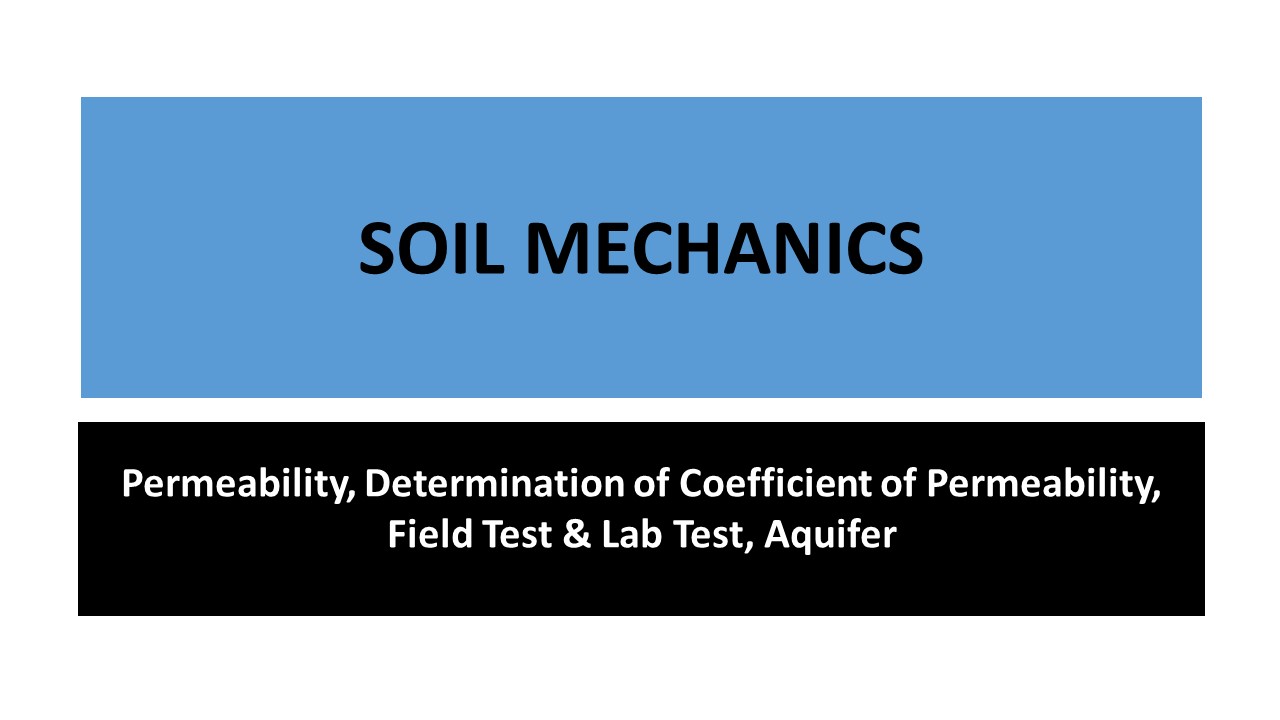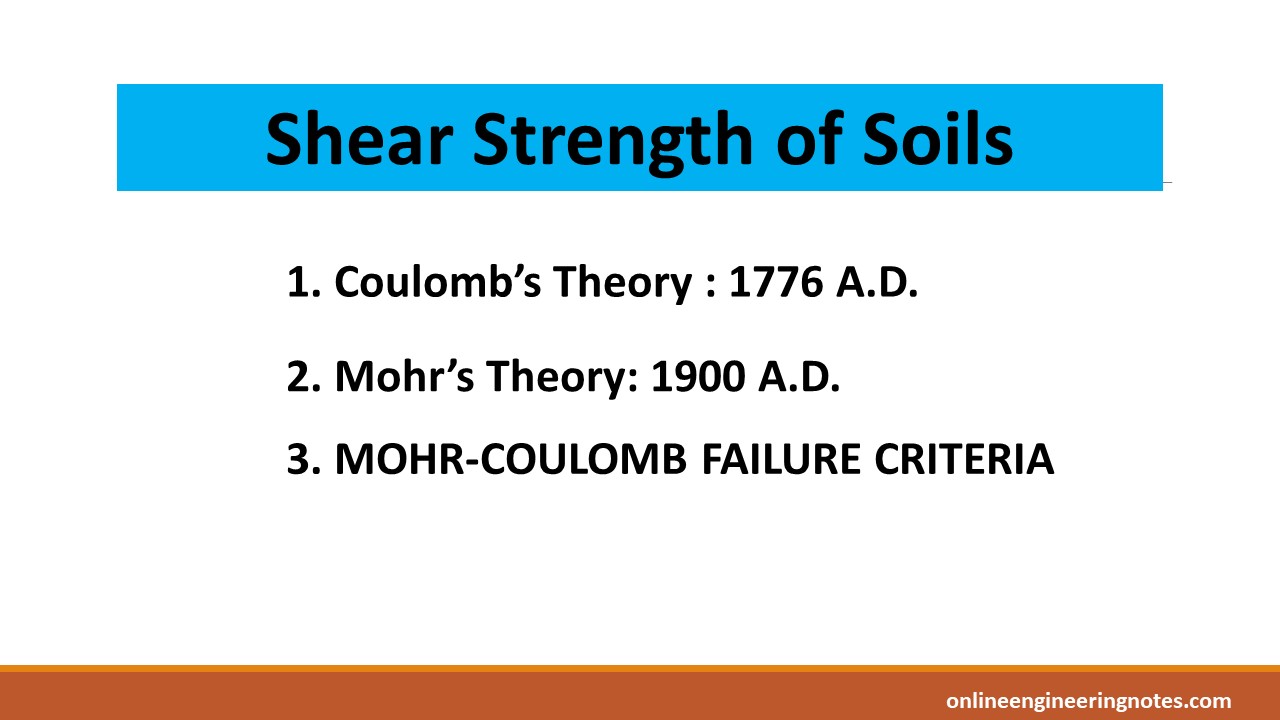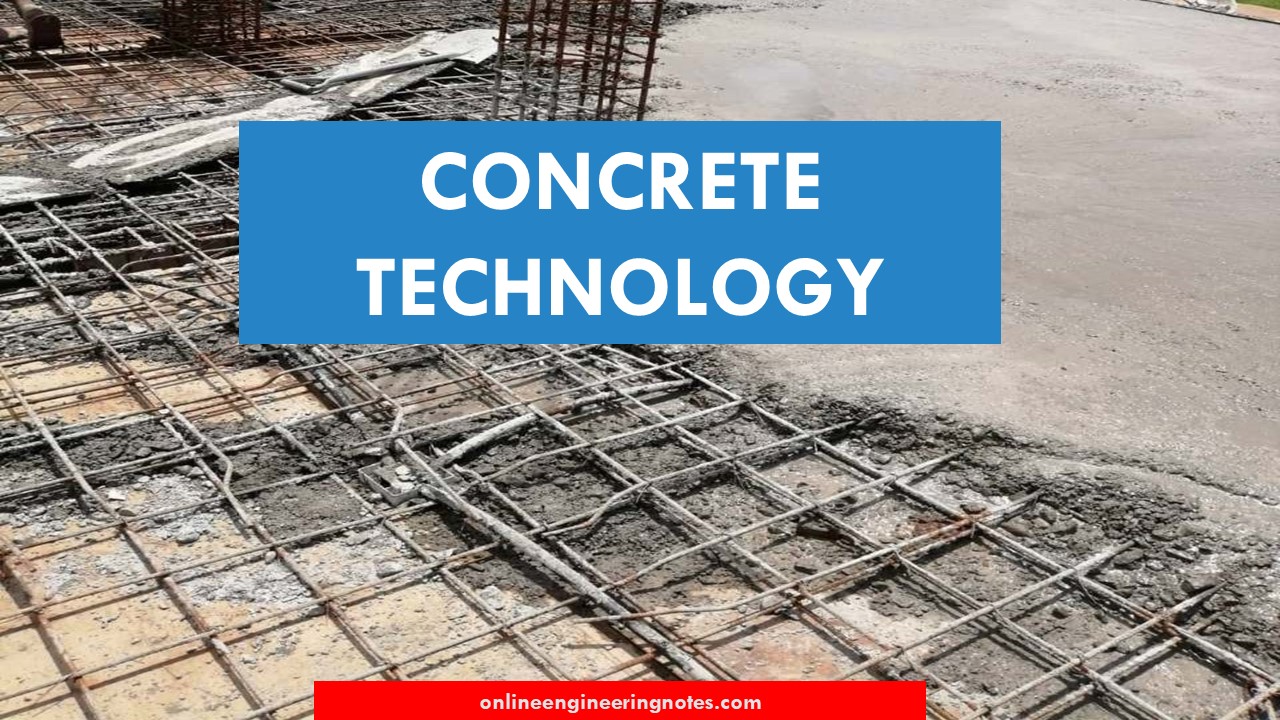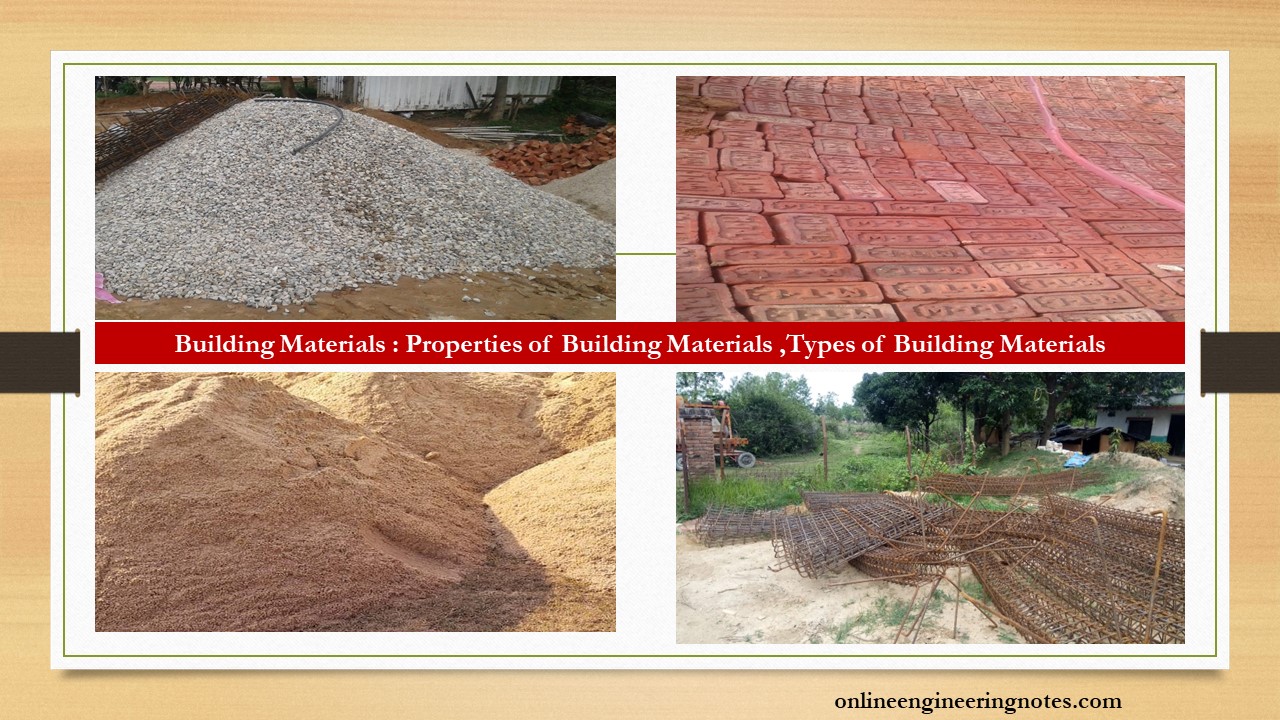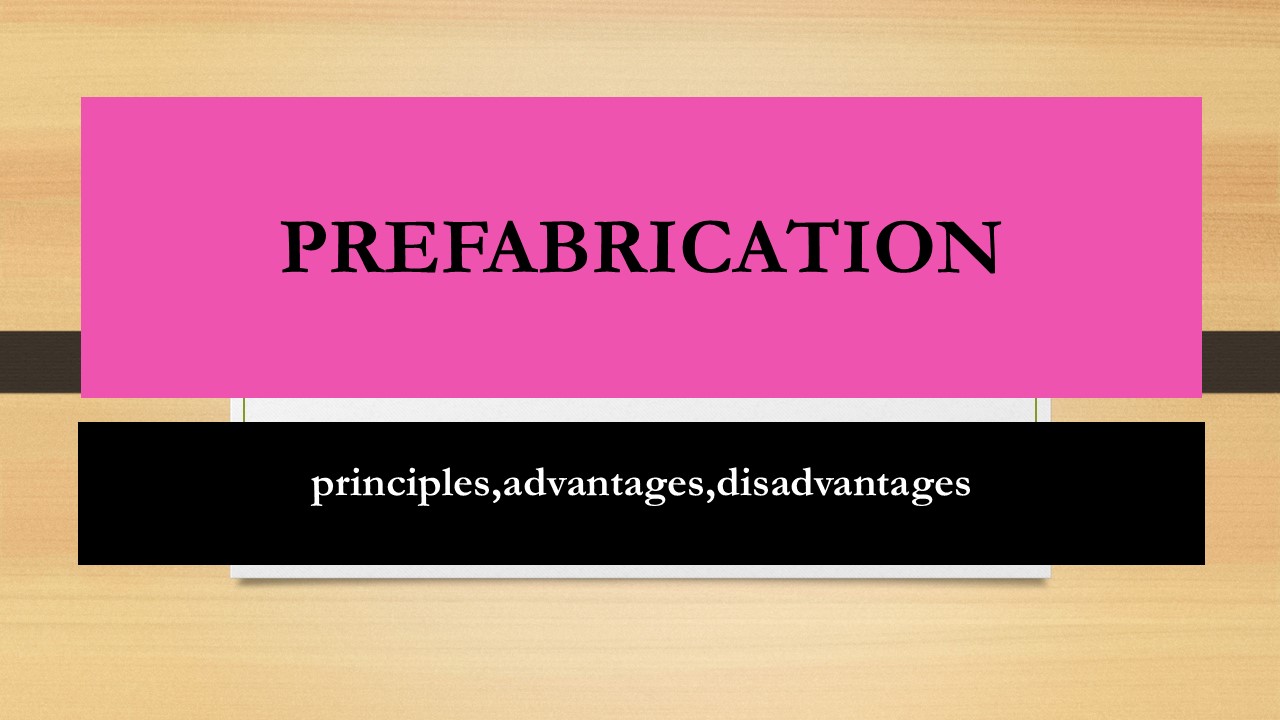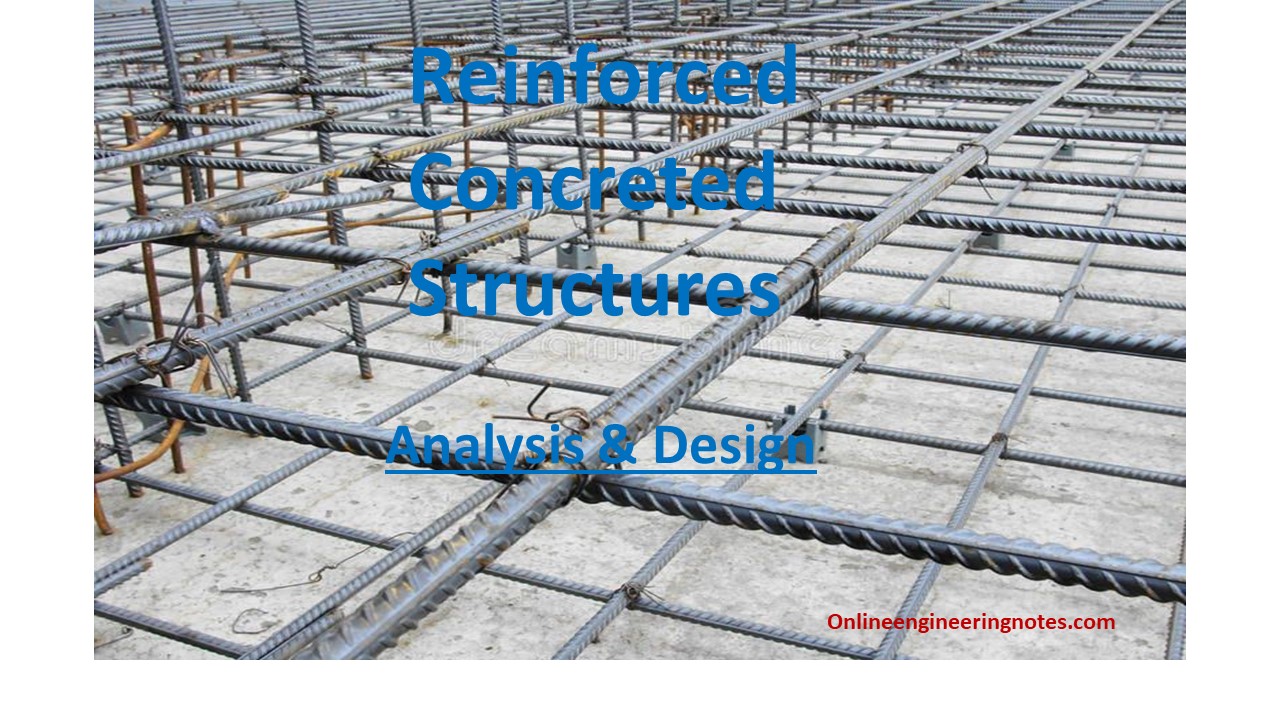Design and Construction of Sewer: Hydraulic formula for sewer design and Types of sewer material
Design of sewer line means finding out the cross section of sewer and the slope at which it is to be laid to transport the estimated quantity of sewage. Unlike pressurized flow in water supply pipelines, top surface of sewage is in contact with atmosphere and the flow type is open channel flow. Important considerations … Read more

